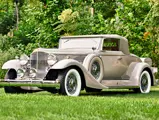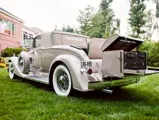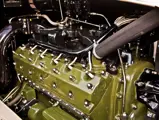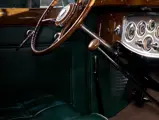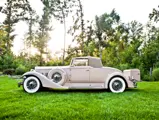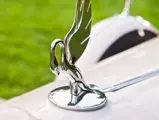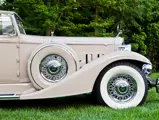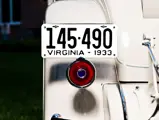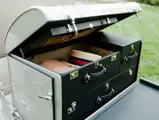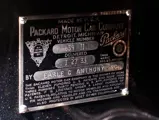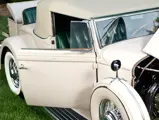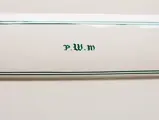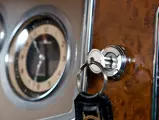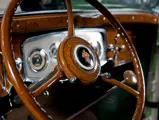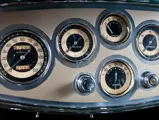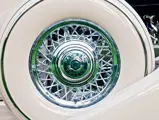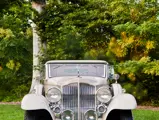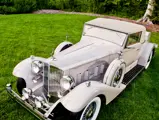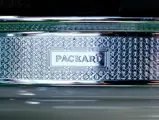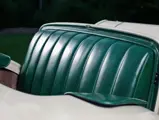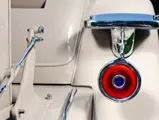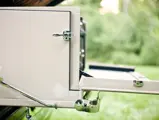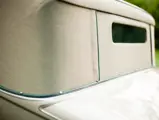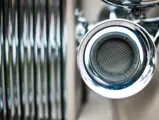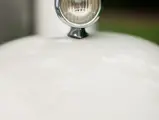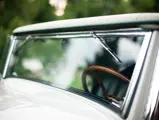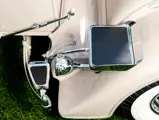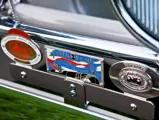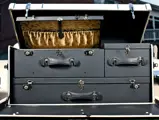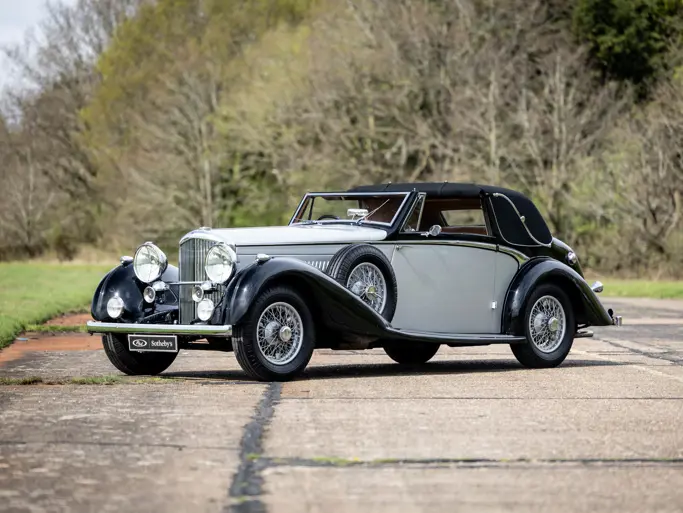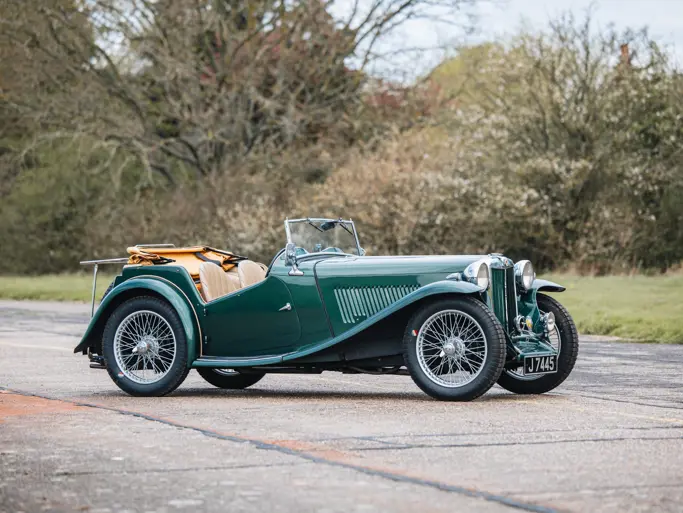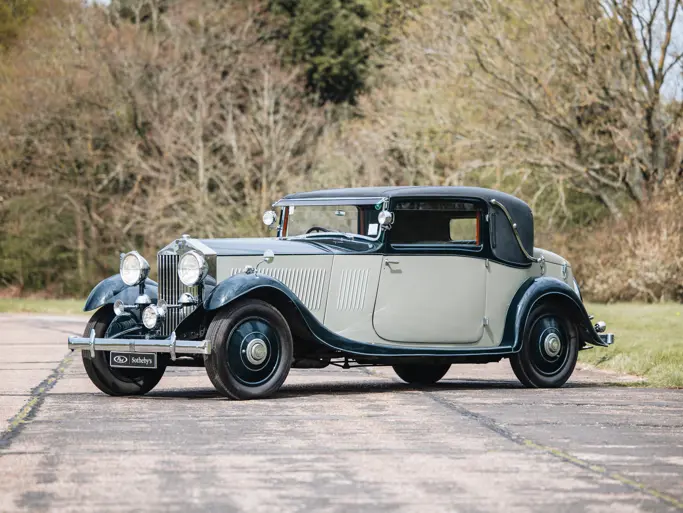Hershey 2012
1933 Packard Twelve Convertible Coupe
{{lr.item.text}}
$451,000 USD | Sold
 | Hershey, Pennsylvania
| Hershey, Pennsylvania
{{internetCurrentBid}}
{{internetTimeLeft}}

Model 1005. 160 hp, 445 cu. in. side-valve V-12 engine, three speed synchromesh transmission, hypoid live rear axle, beam front axle with four wheel longitudinal leaf springs, and four wheel adjustable vacuum assisted brakes. Wheelbase: 142 in.
• The first of 51 Packard Twelve convertible coupes for 1933
• CCCA Premier Crown badge holder
• Known history since the early-1950s
Earl C. Anthony founded his legendary Packard dealership in 1905, when he was only 25 years old. Due to a combination of his sharp business acumen and well-selected location, Anthony eventually became Packard’s premier West Coast distributor. He built lavish showrooms to display the most up-to-date offerings and accumulated enough clout that he was able to secure a place in the factory catalogues for Dutch Darin’s semi-custom creations and acquire for himself a seat on the manufacturer’s Board of Directors.
This fantastic concours-quality 1933 Packard Twelve Convertible Coupe was delivered January 27, 1933, by Earl C. Anthony, Inc., and bore a $3,850 price tag when it was new. As body number 639-11, it is the first of the convertible coupes to have been built on the Twelve chassis that year. Chassis 901027 has a very long known history that begins with its dormancy at the Mike McManus Wrecking Yard in Alameda, California, in the early-1950s. Like his counterpart, Mike Caruso, of Long Island, New York, McManus is credited with saving many classics, then regarded as old used cars, that would have been otherwise lost to the crusher.
In the late-1950s, the car was purchased by Cap Porter, of Garden Grove, California, when the yard was closed. Porter parked the car in his garage and eventually sold it to Chris Unger, of Silverado, California, in 1984. Bill Murray, of Mantoloking, New Jersey, acquired the car from Unger and had it delivered to Stone Barn Auto Restorations, with work beginning in May of 1984. At the time the original engine was determined to be beyond repair and was replaced with another engine from a 1933 Packard seven-passenger sedan. After the work was completed, Murray decided to part with the Packard and he sold it in 1989. After a short succession of caretakers, 901027 came into the current ownership in 2002.
It was determined that a full mechanical rebuild was necessary, and the eight months of ensuing work by Automotive Restorations of Bernardsville, New York was completed at a cost of $97,000. In October 2004, the owners returned their Packard back to Stone Barn for a 100-point restoration, which was completed in November of 2005, at a cost $350,000. Presented in Artesia Beige with custom matched pinstriping, it is complemented by a tan cloth top with an Antique Green leather interior. The luxurious open Twelve is further equipped with chromed wire wheels shod with whitewall tires, dual side-mounted spares with full metal covers and pedestal mirrors, a trunk rack with a correct trunk, Pilot-Ray lights, wind wings, as well as the correct Packard Twelve bumpers and vee’d Solar headlamps and fender lamps.
The chassis, engine bay, interior, and exterior all exhibit outstanding fit and finish and show minimal wear since the work was completed. The result of the restoration efforts has been deemed a success by its showing at no fewer than 11 national concours events. The series of awards, including several Best in Classes, a Best in Show at 2009 Monmouth County Concours in New Jersey, and the Amelia Award at Amelia Island in 2010. The file also includes the 2007 letter from the CCCA, which certifies its Primary Division win, granting it Senior status. A subsequent letter from 2011 grants it Premier Crown status, with badge number 2800SP.
Further included with the car is a lengthy list of awards won, as well as information collected by the owners pertaining to the car’s ownership history, all the way back to the 1950s. During its first restoration, the original wood in the rumble seat was replaced, but the owner had the foresight to preserve the piece that had the body number stamping. This piece has been framed and documented, along with a letter from Stone Barn documenting when it was removed.
Interestingly, the wire wheels are adorned with the unusual green cloisonné medallions. According to included correspondence from the late marque expert Robert E. Turnquist, these medallions were originally offered by Packard in several different colors, and he further attests that only a small number of cars had the green medallions. The green color truly complements the exterior and not only enhances the presentation of the car but provides an interesting discussion point for the new owners, whether it is returned to the concours field or driven in any number of local and national events available to driving enthusiasts.

